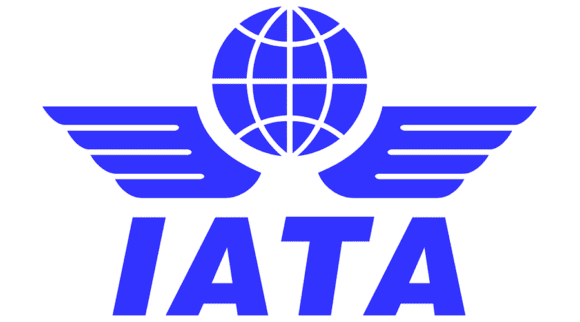Selecting engines for an Airbus single aisle aircraft is highly competitive. Both engine OEMs fight hard for each sale. So what does the score look like? First let’s look at in service aircraft.Overall CFM has the greater share of the business. Moving to the larger models, Pratt & Whitney’s V2500 becomes more popular. The A320 and A321 numbers are exactly opposite. Of course there are four times as many A320s as A321s, giving CFM more of the business.
When looking at aircraft on order we get the following chart.A rather different picture emerges. On the A319ceo, P&W seems to have gained a significant edge. While on the A319neo, CFM has a significant lead. On the A320 the race is close, with an advantage to CFM. On the A320neo, CFM has improved its share on A320ceo. On A321 we see a similar picture the in active aircraft numbers – P&W has a strong lead and on A321 it has the market to itself at this stage.
Comparing the NEO engine choices, LEAP has 63% share. But before declaring victory, note that there are 971 aircraft on order without an engine selection. 73 A319s, 755 A320s and 143 A321s. The score can change.
One more thought or conjecture. If CEO were continuing, V2500 would likely gain market share, given movement towards larger aircraft in the A320 family. With NEO, the race continues and it is too early to tell if a similar trend will emerge.
Views: 53




Very interesting data. The question is WHY. Why does CFM dominate for the smaller aircraft and PW for the larger? Why the trend to PW in the CEO orders? Using the principles used in answering why for given orders, what’s the anticipated outcome of the pending engine decisions?
Simple, CFM provides better Engine deals to the airlines. Why PW on CEO, the V2500 has better performance on High and Hot countries. The problem with the V2500, is that it has a real time getting sold as second hand engines..